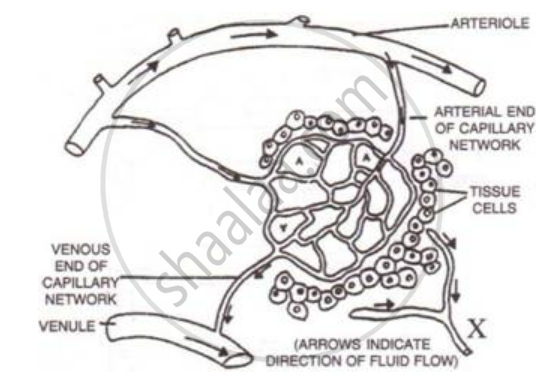Red blood cells (RBCs), also called erythrocytes (from Greek words meaning "red" and "cell"), are the most common type of blood cell in the body. They are crucial for carrying oxygen (O₂) to body tissues. RBCs transport oxygen through the bloodstream, picking it up from the lungs (or gills in fish) and delivering it to tissues throughout the body. As they travel, they squeeze through tiny capillaries to release oxygen where it is needed.
- The cytoplasm of red blood cells is rich in haemoglobin, an iron-based molecule that binds oxygen and gives the cells and blood their red colour.
- Each red blood cell contains about 270 million haemoglobin molecules.
- The cell membrane is made of proteins and lipids, giving the cell flexibility and stability as it moves through the circulatory system, including narrow capillaries.
- Mature red blood cells are flexible, biconcave discs without a nucleus or organelles, allowing more space for haemoglobin.
- About 2.4 million new red blood cells are produced every second in human adults.
- Red blood cells are formed in the bone marrow and circulate in the body for 100-120 days before being broken down and recycled.
- It takes about 60 seconds for a red blood cell to make one full circulation through the body.
- 84% of the cells in the human body are red blood cells, totalling around 20-30 trillion cells. Red blood cells make up 40-45% of the total blood volume.

